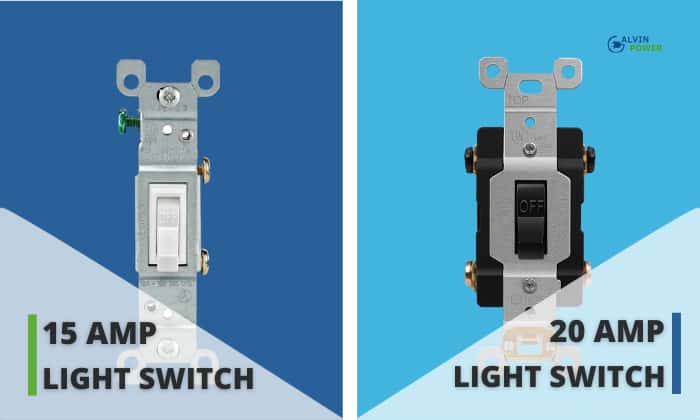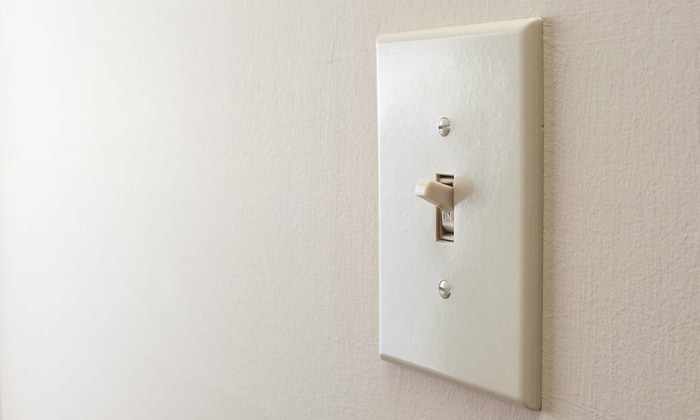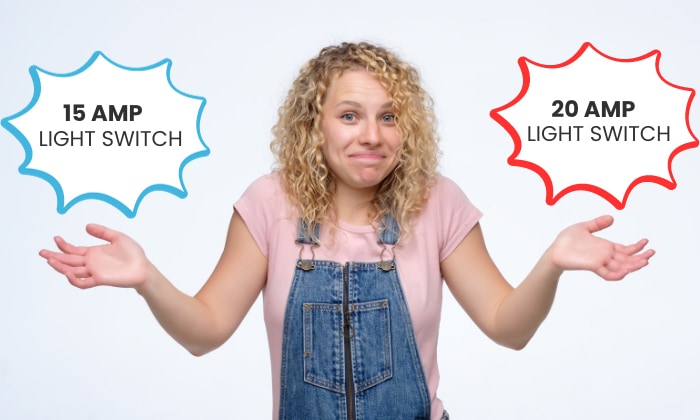You’re installing new lighting fixtures on your property. But you’re now wondering about the differences between a 15 amp vs 20 amp light switch. Is one better than the other?
Here’s a quick comparison table of the applications of the two light switches to help you gain insight into their similarities and differences:
| 15 amp Light Switch | 20 amp Light Switch |
| Typically used for residential purposes | Usable for residential purposes and scenarios demanding high-power current |
| Requires 14 gauge wires | Requires 12 gauge wires |
| Can support fewer lights (about two fixtures) | Can support more light fixtures |
Overview
Apart from the different amp ratings, another key difference when comparing a 15A vs 20A light switch is their usage. In particular, residences often use 15-amp switches. However, commercial and industrial establishments generally use 20-amp models.
Buyers can also differentiate 15-amp and 20-amp outlet switches by their wiring requirements. Although both models often run on 120V, 20-amp units will require bigger wires (12 gauge) than 15-amp ones (14-gauge) due to the higher current they carry.
Additionally, 15-amp switches receptacles are usually more cost-efficient choices than 20-amp models. However, these units may not be suitable for multiple lighting fixtures.
Moving forward, on the question of “Can you use a 15 amp switch on a 20 amp circuit,” the answer is “Yes.” The National Electrical Code (NEC) section 404.14 mentions this particular concern.
Use a 15-amp standard outlet or switch on a 20-amp circuit, since the 15-amp connection only uses 75% of the breaker’s limit. However, it’s not possible to use a 20-amp switch on a 15-amp circuit because the switch would use more power than the circuit can supply.
Similarly, you can use a 15-amp house outlet or switch with bigger wire sizes like 12 gauge, but you cannot downsize the wiring of 20-amp switches to 14 gauge or lower.
How Do I Know if I Need a 15 or 20 Amp Light Switch?
Note that the NEC only allows specific circuit ratings for branch circuits that use more than one appliance. These ratings are 15, 20, 30, 40, and 50 amps.
Apart from considering NEC guidelines, you must also pay attention to the power requirements of your lighting fixtures. For instance, you can install a 15 amp light switch to power lights that won’t exceed 12 amps.
On the other hand, it’s possible to use more fixtures on a 20-amp light switch wiring, so long as the total load doesn’t surpass 16 amps.
You can calculate the usable amps per outlet by using the following formula:
\[ \text{Amps} = \frac{\text{Watts}}{\text{Volts}} \]
Assuming you’re about to install lighting fixtures that total 2,400 watts at 120 volts. If so, 20-amp residential switches might help in this regard. But it’s best to only use 80% of the circuit’s capacity or 1,920 watts to prevent overloads.
Conclusion
In conclusion, the differences between a 15 amp vs 20 amp light switch usually lies within their applications. Use a 15-amp for residential or low-power lighting fixtures. As for the 20-amp light switch, use it for commercial or industrial setups.
Also, follow the guidelines imposed by the NEC. Remember to not go beyond 80% of the circuit’s load when wiring lighting fixtures. So, a 15-amp switch should only have a 12-amp load, while a 20-amp model must only cater to 16 amps.

I am Edwin Jones, in charge of designing content for Galvinpower. I aspire to use my experiences in marketing to create reliable and necessary information to help our readers. It has been fun to work with Andrew and apply his incredible knowledge to our content.



